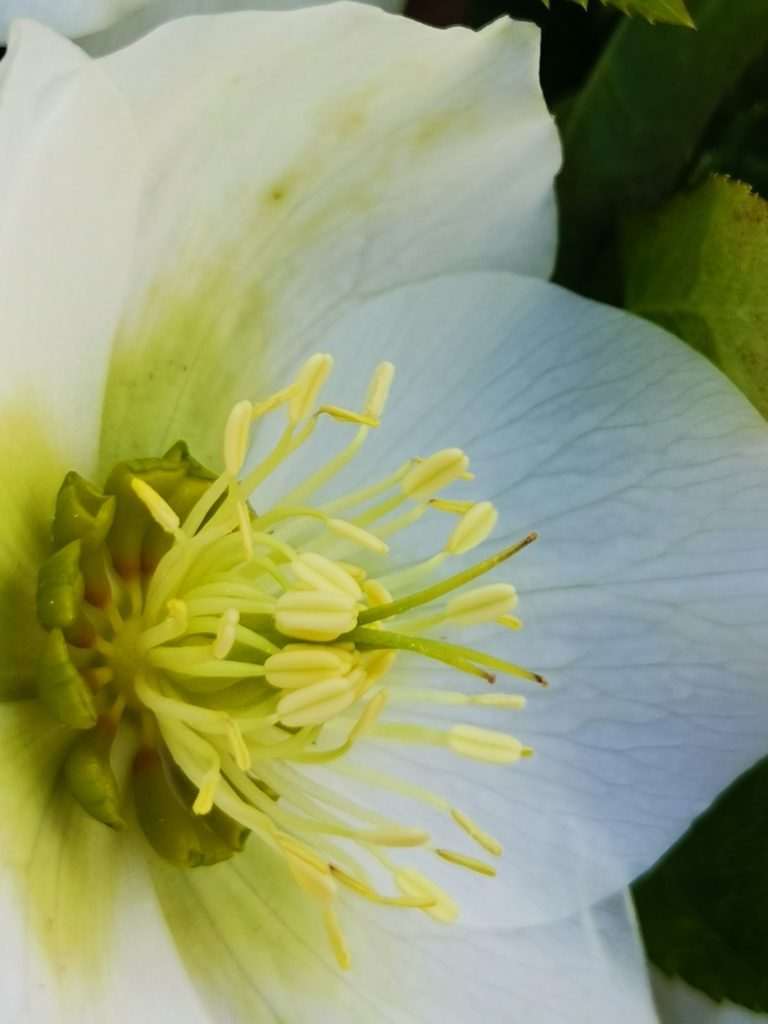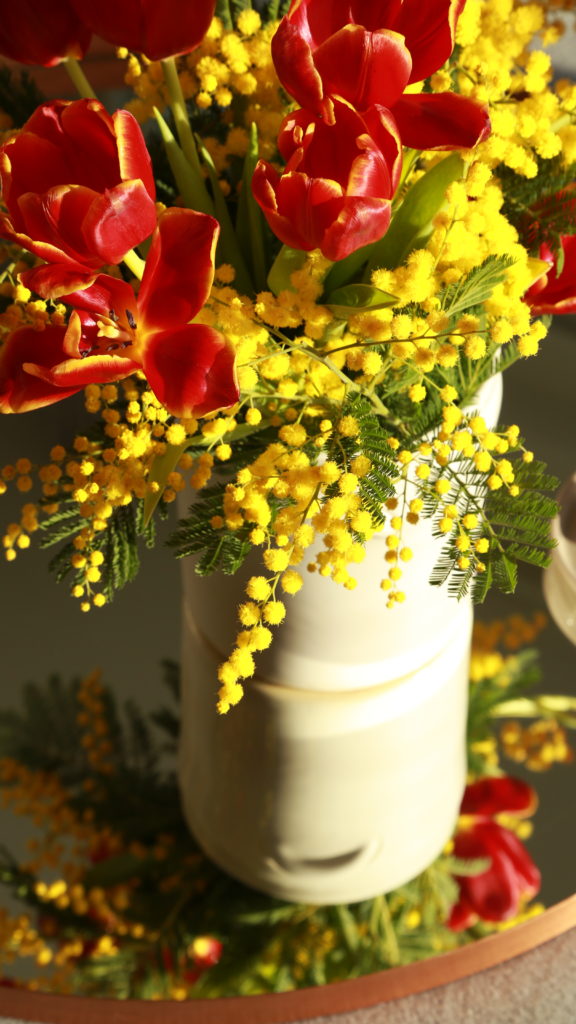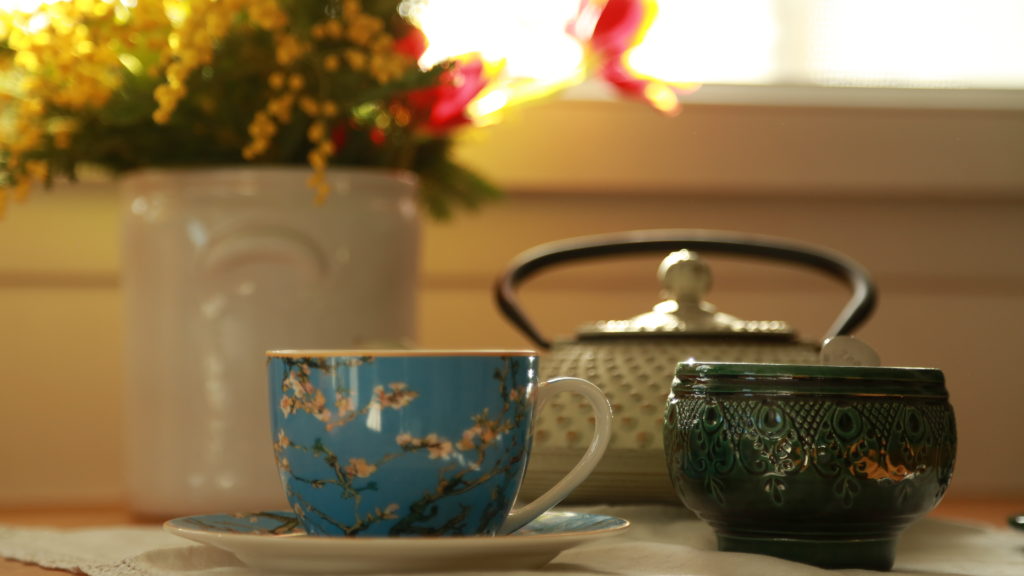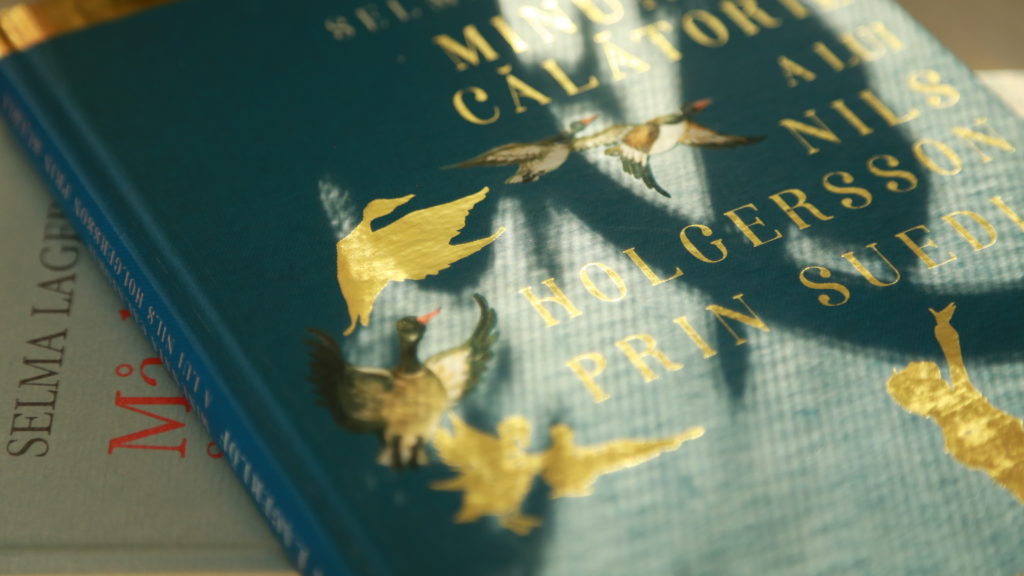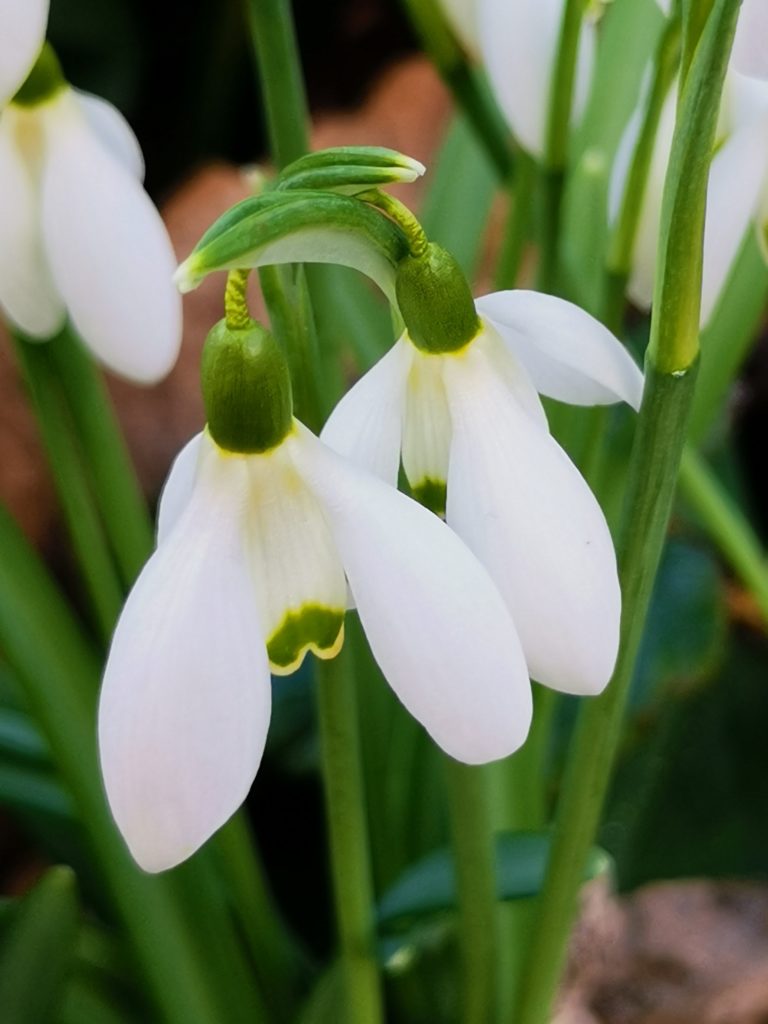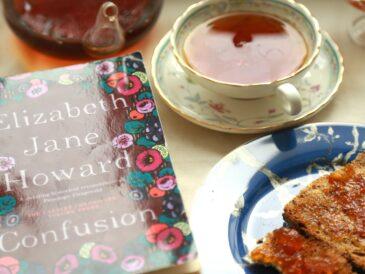Selma Lagerlöf, osmanthus green tea and spring music by Händel
Isn’t it miraculous how everything starts coming back to life in February ? We are almost half way through the shortest month of the year, and there’s already a wiff of spring in the air. Of course, the warm clothes are still in power, but I can feel a very palpable shift in energy. This changes my whole perspective on life, and even if I am usually more of a winter person, this year I feel more in tune with nature for some reason, I welcome the first rays of warming sun that bring me joy.
When I’m working in the office, I take every chance I get to walk around in the neighbourhood and have a real break for lunch. The Tuileries Gardens are a rare opportunity to feel the pulse of nature, at the heart of a busy city, and yesterday I felt invited by the sun to join in on a lunch break promenade. The usually picture perfect floral beds were under construction, but the real surprises came from the almost spontaneous flora in the less manicured parts of the gardens. The hellebores or winter roses were in bloom around every tree, and with their white and powdered purple blooms, they gave such an elegant feel to otherwise modest landscaping. The snowdrops have popped up here and there, dancing graciously in the wind. Some surprising winter aconites came along to say hello, and a few lost cyclamens joined along. As I was walking, a sort of childish enthusiasm awoke inside me, I felt like I was being given the greatest gift of all : discovering a treasure right outside my window, and being given the chance to take a step back from a busy week to realise there was something extraordinary happening all around me. I wish this February lesson could stay with me a bit longer, and I certainly will try to remember that however stressful things get, nature has a constant energy I can tap into, even when living in the city.
Beautiful flowers are one of my guilty pleasures, as you certainly know by now. I have some early bulbs that are starting to put on a show, and still, I can’t keep my vase empty for too long. Little did I know when walking into my local florist shop, that I would bring home such a bright drop of yellow. This was never my color, maybe because it doesn’t go well with my complexion so it’s not my go to, but these mimosa blossoms were simply irresistible. Mimosa is a vibrant symbol of winter in the south of France that starts blooming in January and finds its way up north by the time February strikes. A ray of sunshine in the middle of winter, Mimosas have symbolized respect, elegance and kindness for centuries. It is said that between the colour and the perfume, mimosas are powerful anti-depressants. So they could prove to be the best investment you could make to power through the last of the winter.
With the scent of mimosa in the air, I felt like a flowery cup of tea would be perfect for this February ritual. This called for a cup of Sweet Osmanthus green tea. A delicate alternative to the more classic jasmine green tea, the sweet osmanthus is one of the 10 traditional flowers in China, and its union with green tea comes from the Southern parts of the country. The flavour is buttery floral, very delicate and not at all overpowering. It’s no wonder the Song dynasty poet Yang Wanli wrote that Osmanthus’ floral scent is so clean and rich, it’s “hard to believe it comes from nature and not the moon in heaven.” This cup of tea feels like a magic spell for Spring.
My reading mood is more playful than usual, and in continuing my Nobel Prize for literature journey, I decided to dedicate February to Swedish author Selma Lagerlöf, first woman to receive the Prize in 1909.
Nobel Prize motivation : “in appreciation of the lofty idealism, vivid imagination, and spiritual perception that characterize her writings”
Back in autumn I told you I was reading her most famous book and children’s classic, The wonderful adventures of Nils, a journey through fantastic Swedish countryside, filled with a loving personification of animals and dotted with glimpses of folklore. It was a beautiful read.
And this February I am going back to her beloved Sweden in a volume of autobiographical writings called Memories of Marbacka, childhood recollections that will form the first part of her memoirs. Scenes of daily life in the home of a little girl that shows a very poetic imagination from very early on, the book reads like a picture of slow living and simple life, right before the big changes of the 20th century.
My French translation has beautiful illustrations by famous Swedish artist Carl Larsson, nicknamed the painter of peaceful living. Drawings of farm life and village events, there is an innocence in his art that compliments Selma Lagerlöf’s writing.
The word idealism strikes me in the jury’s motivation for her Nobel award, I feel that her incredible journey as a woman that showed immense courage and broke many tabous of her time, did not transform her ideal world into a permanent struggle, as was the case for many feminists. Instead, she describes a peaceful life, in a world of acceptance and freedom. Idealism… maybe the recommended read for all of us in February.
For, so long as there are interesting books to read, it seems to me that neither I nor anyone else, for that matter, need be unhappy.
Selma Lagerlöf
I couldn’t end my video without telling you what I most enjoy listening to, this time of year. You’ve actually been listening to it since the beginning, and it’s Baroque music, or pre-classical if you wish, since in my synethesia mind, it smells like spring. So my choice this year is getting to know George Frideric Handel a little better. We’ve all been over-exposed to Vivaldi’s seasons, especially his Spring, and I am partially inclined to believe that this is one of the reasons why I am more receptive to Baroque music this time of year. But if Vivaldi is clearly bees buzzing, sunglasses and silky blouses, Handel sounds to me more like the snowdrops in the forest. Almost, but not quite. German born and British naturalised, Handel enjoyed a good reception of his work during his lifetime, and was given a state funeral at Westminster Abbey at the end of a 74 year lifetime of creation and success. But maybe the most touching of all tributes are to be found in Beethoven’s words : “Go to him to learn how to achieve great effects, by such simple means.”
For my truly amateur ear, his music has a joyful harmony that cherishes balance over extravagance. It doesn’t make me overly emotional, it’s not a roller Coster meant to impress me in any way. Instead, it leaves me with a light Mona Lisa smile on my face, and gives me enough light to feel the sun without it burning. Give him a try and let me know how you feel afterwards.
How do you feel in February ? I hope you’re all doing good and staying safe, and that the first rays of sun bring you joy, music and flowers.
Drop by and let me know if you have other tips for welcoming Spring, and what are your inspirations right now.
Until next time, enjoy your reading, and your rituals !
If you would like to support The Ritual of Reading, please consider purchasing your books from the Bookshop.org dedicated site by clicking the link below. You get to support local bookstores and I make a small commission with every purchase. Thank you !

